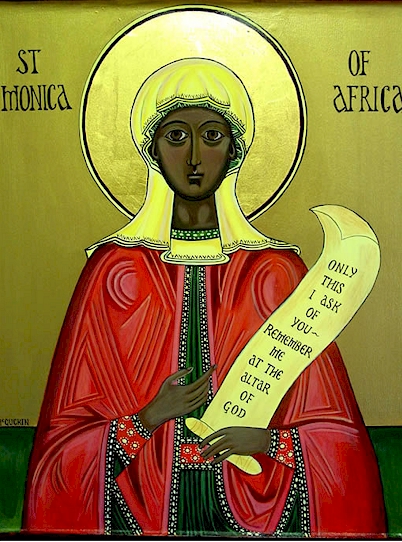Many people of the decrease classes assumed the immigrants represented competition for jobs, homes, and social prestige that rightly belonged to them. For Catholics did turn into good American citizens—winning political races, organizing labor unions, opening companies, and founding schools and hospitals. But irrespective of how hard Catholics strived to show they had been good, upstanding, patriotic American residents, some Protestants would never accept them, simply because they have been Catholic. This occasion of bare prejudice could additionally be a tough factor for students concerned about "equality" and "tolerance" to hear to. Others might feel extra sympathetic in path of the Protestants' spiritual conviction.

- a hundred and fifty, the federal government of many local congregations differed utterly from the simple organization outlined in the New Testament.
- The Age of Enlightenment was marked by a pronounced skepticism against the facility and influence of the Catholic Church over Western society.
- Mirroring the Catholic Eucharistic rite, the thought of transubstantiation was a attribute of Mithraic sacraments that included cake and Haoma drink.
- The revolution wreaked havoc on the Mexican Catholic communities above the Nueces, completely displacing some, damaging and in some circumstances expropriating their church buildings, and decreasing the clergy presence to San Antonio alone.
- In the rites and symbols of the Roman Catholic Church, we can find surviving, though rebranded, pre-Christian myths, deities, festivals, and rituals.
Pope John XXIII initiated the second council which modernized many existing traditions within the church. Some of the most vital adjustments include mass being delivered in local languages and encouraging church-goers to be “fully aware and active” in their participation of liturgical practices. The 14th century was marked by increased conflicts between the church and the state. Clement V moved within the fortified southern French metropolis of Avignon in order to escape the social pressure in Rome.
Word Origin For Catholic
This occur as a result of the Eastern patriarch condemned the apply of the Roman Church of utilizing unleavened bread in Communion providers. The papal legates who went to Constantinople to kind issues out ended by excommunicating the patriarch and his followers. The Roman Catholic Church and the Greek Orthodox Churches went their separate ways from this time on. No, these false teachings existed before; some of them for quite a while just like many false teachings still exist in the seen church right now.
The Reformation And Counter-reformation
Pope Pius XI referred to these three countries as a "terrible triangle" and the failure to protest in Europe and the United States as a "conspiracy of silence". Toward the latter a half of the seventeenth century, Pope Innocent XI viewed the rising Turkish attacks towards Europe, which were supported by France, as the most important threat for the Church. He built a Polish-Austrian coalition for the Turkish defeat at Vienna in 1683. Scholars have known as him a saintly pope because he reformed abuses by the Church, together with simony, nepotism and the lavish papal expenditures that had caused him to inherit a papal debt of fifty,000,000scudi. By eliminating certain honorary posts and introducing new fiscal policies, Innocent XI was in a position to regain control of the church's finances.

A ritual remnant of it might be found at instances in Catholics baptizing a useless fetus or new born so, according to their view, they might enter heaven. The doctrine of purgatory states simply that when an individual dies with an imperfect relationship with God they're ready to excellent that relationship via a purification/betterment of their persona. Usually https://te.legra.ph/Vida-E-Morte-De-Onde-Viemos-E-Para-Onde-Vamos-04-04 is presented within a pre-Copernican cosmology which locations heaven above, hell below, and purgatory in between. It can also be presented with the everyday historic Western philosophical distinction between body and soul, together with the theological metaphor of sin as a “stain” on this soul. Thus “purgatory” is a place the place a person’s soul goes after death to be cleansed of the stain of sin so they can enjoy the “beatific vision” of God for all eternity in heaven.
